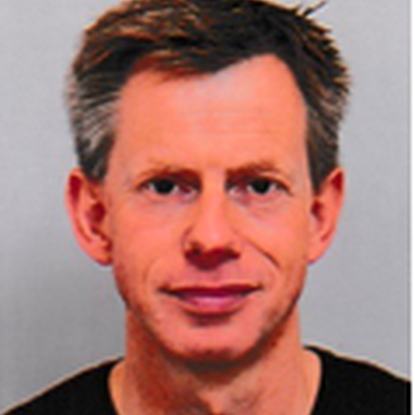The City Simulation Lab (CSL) combines methodologies, techniques and tools in a spatial urban data toolkit. This toolkit helps researchers and students to combine spatial information from formal and informal sources to explore and simulate use-patterns in the city. For instance, such use-patterns can be related to the movement behavior of people and vehicles, flows of materials or energy consumption and production. Real value comes from understanding how these patterns provide measures to quantify and qualify aspects contributing to sustainable development of the city. Such measures include also information about livability and accessibility.
The approach of the City Simulation Lab combines a participatory approach with modeling and includes an Agent Based Model (ABM) known as the CitySimulator. The CitySimulator targets mainly moving entities such as pedestrians, bikes, cars or boats using a method that integrates with an adaptive planning approach. This approach thus delivers more than tools and techniques; it furthermore integrates it with participatory techniques. These participatory techniques include human beliefs and perceptions so that the complexity of modern cities and of decision-making is acknowledged. It allows researchers as well as students to easily assemble, analyze and discuss behavior-based simulations of spatial-temporal processes. This in turn allows for analysis of urban use-patterns and joint identification of problems and definition of goals and future scenarios.
A first version of the CitySimulator has been developed for a case study that analyzes the effects of tourist movements in the city centre of Amsterdam. It simulates movements and interactions of various modalities like cars, pedestrians and public transport) and performed by agents like tourist and citizens. The underlying assumption of the CitySimulator is based on the Consumat model, a well know social-decision-making model of behavior. The CitySimulator offers various views on the City. It can produce maps that give insights in the temporal-spatial distribution of movement patterns. As such it can be used to analyze where and when congestion and accessibility problems occur and to assess the effectiveness of measures such as changing the opening hours or redirecting of pedestrians.
